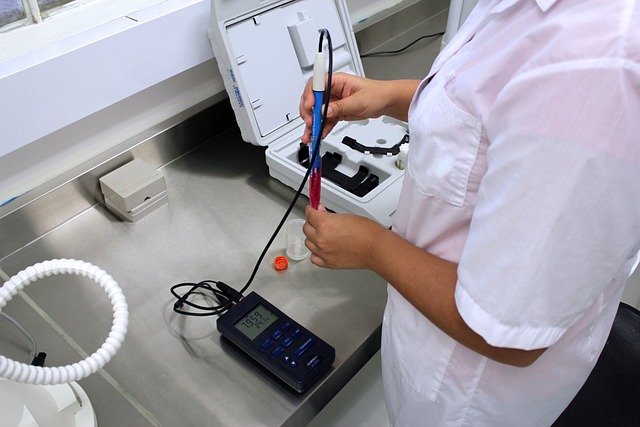Addressing Stigma
Addressing stigma surrounding sexually transmitted diseases (STDs) is a crucial aspect of promoting sexual health and well-being. Stigma can create barriers to prevention, testing, and treatment, leading to a cycle of misinformation and fear that can ultimately exacerbate public health issues. Understanding the origins and implications of stigma is essential for fostering an environment where individuals feel empowered to seek help and engage in open conversations about sexual health.
Historically, STDs have been associated with moral judgments and societal taboos, which contribute to the stigma surrounding them. This stigma can manifest in various forms, including discrimination, social exclusion, and self-blame. Individuals diagnosed with STDs may face negative perceptions not only from others but also from themselves, leading to feelings of shame and isolation. Recognizing that these attitudes are often rooted in misinformation and fear is the first step in dismantling stigma and fostering a more supportive atmosphere for those affected by STDs.
Education plays a vital role in addressing stigma. By providing accurate information about the prevalence, transmission, and treatment of STDs, we can challenge misconceptions that contribute to negative attitudes. Comprehensive sexual health education should be accessible to all, emphasizing that STDs can affect anyone, regardless of age, gender, or sexual orientation. This knowledge can help normalize conversations around sexual health and encourage individuals to seek testing and treatment without fear of judgment.
Moreover, public health campaigns should focus on promoting empathy and understanding rather than fear and shame. Highlighting personal stories of individuals living with STDs can humanize the issue, reminding society that these conditions are medical rather than moral failures. By sharing experiences and fostering open dialogue, we can create a culture that prioritizes health and well-being over stigma, encouraging individuals to seek the care they need without hesitation.
Finally, healthcare providers play a pivotal role in addressing stigma within clinical settings. Training professionals to communicate effectively and compassionately with patients can significantly reduce feelings of shame and anxiety associated with STD testing and treatment. Creating a welcoming environment where patients feel safe discussing their concerns is essential for effective care. By prioritizing sensitivity and understanding in healthcare interactions, we can help diminish the stigma surrounding STDs, ultimately leading to improved health outcomes for individuals and communities alike.


No responses yet